The Clemency of Titus was one of our most extravagant productions for a lot of reasons (and we could talk about those reasons all day), but one that stands out is its costumes. More specifically, the incredible armor Russell Thomas, Elizabeth DeShong, and Taylor Raven wear on stage.

Russell Thomas wearing his completed armor on stage in The Clemency of Titus.
Since we’re getting ready for our LAO at Home audio stream tonight, we wanted to revisit how these pieces were built. Meredith Miller, a Master Craftsperson at our costume shop, walked us through the construction process and how she brought all this armor to life.
Tell us about the design for the armor. Did you face any specific challenges while bringing the designs to life?
The costume designer for The Clemency of Titus was Mattie Ullrich, who had designed two shows seen on the LAO stage previously: I Due Foscari and Nabucco— which I worked on as well.
Mattie drew heavily on some stunning historical resources to design all of the costumes, including the armor. She provided detailed renderings of what she wanted each piece of armor to look like, and a wealth of historical images that showed her inspiration for each detail. The three characters for whom she designed breastplates and armor were Tito, Sesto, and Annio.
I determined that two different approaches would be needed because of the differences in design. Tito's armor was designed to be a "muscle cuirass" breastplate and backplate, which meant that it needed to show defined musculature. We had to use a rigid material to hold that shape. The Sesto and Annio armor, however, presented a different challenge, as those roles are performed by women dressed as men. Their costumes involved bust-binding, so we wanted to use a softer material and design their armor to have a smooth surface, rather than the sculpted muscles you see on Tito’s.

A sketch layout of Tito's "muscular" armor.
What materials did you use to make the armor? Did anything have to be specially sourced?
The base layer of Tito's muscle cuirass was made from shaped and layered buckram (a heavy mesh fabric material that is moldable) that had dried over a sculpted plaster form. The process was a bit like papier-mache, but much more heavy-duty. Then it was covered with a leather hide; decorative metal pieces (called findings) were added; lace motifs were glued and stitched to the surface for more decoration. Then it was spray painted for a gilded look, and detail painted by hand.
The shoulder pieces, were made from Fosshape, which is a moldable, felt-like material that stiffens when heated. They were covered in leather, embellished, and painted. His greaves, or shin guards, were also made from Fosshape that was covered in leather, embellished, and painted. Leather straps and buckles were added to all of the armor pieces to keep them on.
Annio and Sesto's breastplates had patterned bases made from industrial felt. This material can be steamed to hold some shape but remains soft. To make them a little stiffer, I covered the felt bases with glue and cheesecloth before covering them in leather. We added some embellishment to both and gave Annio’s a paint treatment. The pteruges (the scalloped layered pieces that hang off the bottom of the armor), were patterned and then cut from heavy-duty leather, painted as needed, and had findings stitched on.

Unpainted pteruges with findings.
How long did it take to construct?
These were extremely labor-intensive pieces, especially Tito's. I devoted the better part of two months working on the armor for the show, which is more time than I typically spend on individual garments. We had to build them completely from scratch because of how form-fitting they needed to be, and they required 3-4 fittings with each performer, when typically, we only have 2.

Annio's felt-based breastplate with decor.
Can you walk us through the construction process? Is this process any different than a more “standard” costume?
What sets these armor pieces apart from a more "standard" costume is their sculptural quality and their wide variety of included materials. Their construction primarily used non-sewn techniques and non-fabric materials.
For Tito's armor, I added padding to a tailor’s form to suggest muscle. I wrapped the padded form very thoroughly in plastic wrap, and then coated the front in wetted plaster bandages to get a smooth and hard surface that I could carve into. I sketched a shape into the plaster and used files and sandpaper to carve defined muscles. I looked very closely at images of Roman sculptures of breastplates to get the sculptural style and placement of muscles historically accurate.

Tito's armor with a leather base and decor.
Once the carving on the front was complete, I covered the sculpture in plastic wrap and then layered on buckram and glue, and pressed it into the definition of the sculpture. After letting that dry, I removed it and did the same process on the back. I then placed the buckram pieces back on the sculpted form and glued leather to it, and after it dried, I turned the edged under on the inside (and did the same on the back piece). Then I riveted leather straps and buckles onto the sides and shoulders to keep it together.
To sculpt the shoulder pieces, I used some football pads from stock to get the basic shape, then sculpted on top of that with wire mesh and clay. I heated Fosshape over those forms to get it to take the shape. The pteruges were first patterned on paper, and then assembled out of heavy fabric to look at in the first fittings. After the patterns were modified, they were cut out of heavyweight leathers, stitched together in layers, painted as needed, and had molded metal findings stitched on to each flap. Once we were sure the shape would work and the embellishment was placed, I glued it down and reinforced it with some stitching. Once it was secure, I spray-painted all the pieces, then painted on details by hand to really make all that embellishment work stand out. Then I attached the pteruges to the bottom of the front and back pieces of armor.

Sesto's armor with decor in process.
The process for Sesto and Annio was similar in some ways, different in others. The first difference was that I used padded dress forms to create a pattern for the felt base for the breastplates, that were then cut and sewn out of felt. Then I coated them with cheesecloth and glue, and then leather, while they were draped on the dress forms so that they would take that shape. From there, the finishing process was similar to Tito.
Anything else to add?
We had to have more fittings in various stages of construction than what we usually expect. At times we were asking the artists to try on items that might have been very hard to visualize in their finished state. I would have to go into fittings and say, “This may look like a tank top made from itchy grey felt, but trust me, it's going to look exactly like an historically accurate Roman-era metal breastplate!"

Annio's felt front in the very beginning stages of construction.
It was also fun to work on such detailed, custom pieces that had the look of a specific time period. It was especially fun to look closely at the sculptural style of muscle cuirasses from that time in Rome. It was unique and somewhat stylized, yet quite realistic. Tito's finished breastplate, in all of its gilded glory, really helped show the audience what an important figure Tito was, as his entrance in that was impossible to miss. I love it when costume design tells us so much about a character.

Elizabeth DeShong and Taylor Raven in their completed armor in The Clemency of Titus.
If you want to see more photos of the completed armor, tune into our broadcast of The Clemency of Titus tonight at 5:00 PM.








